Best Kayak Deck Compass
Heading out on backcountry kayaking trips? Be prepared and pack a compass! If you plan to paddle places off the beaten path, having a good compass is a must. It will help you navigate across open water and find your way when things get tricky.
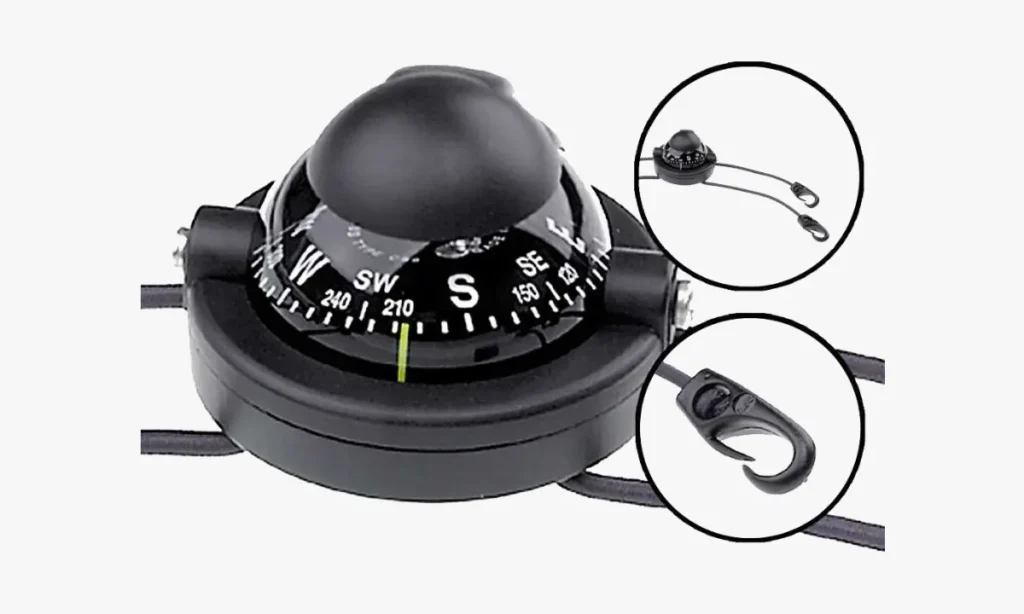
We’ve researched the top compass models made just for kayakers. Look for ones that attach solidly to your boat or gear. They should be waterproof and easy to read while you’re paddling.
Check out our buying guide for more tips on choosing the Best Kayak Deck Compass.
We’ll explain what features to look for and recommend some reliable brands. With the perfect compass clipped to your kayak or life vest, you can feel confident exploring remote lakes and coastlines. Don’t get lost – let our advice point you towards the best compass for your next adventure!
Our Top Picks of Best Kayak Deck Compass
If you’re short on time, here are our top selections for Best Kayak Deck Compass. Keep scrolling for the complete list featuring detailed reviews.
- Best Overall: Silva 58 Kayak Compass
- Best Value: Seattle Sports Sea Rover Deck Compass
- Best Mountable Compass: Ritchie Navigation Kayaker XP-99
Best Overall: Sliva 58 Kayak Compass
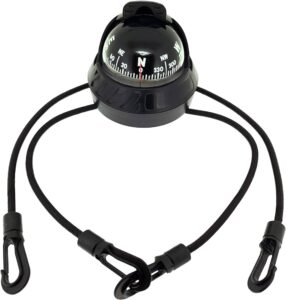
Our top pick for most paddlers is the Silva 58 Kayak Compass. This handy compass clips solidly to your boat with its 4-point bungee system. No need to drill holes – just attach and go!
The Silva 58 is lightweight and compact, perfect for fitting on narrow kayak bows.
It’s also made of durable ABS plastic and scratch-resistant acrylic, so it can handle all weather conditions. When it comes to navigation, this compass has got your back. The easy-to-read markings work in both hemispheres, making it great for intrepid paddlers like you.
Now, it doesn’t have a memory ring for setting your course, and adjusting for declination is tricky. But if you want an attachable, versatile compass to serve you well on regular adventures, the Silva 58 is your best bet.
Pros
Cons
Best Value: Settle Sports Sea Rover Deck Compass
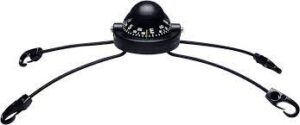
Looking to save money on a solid kayak compass? Check out the Seattle Sports Sea Rover. This low-cost option easily clips onto your deck lines with included nylon straps. The Sea Rover stays put thanks to its rubber base that prevents sliding, even in rough water. Its burly acrylic housing can handle frequent use and abuse.
The downside is it’s pretty bulky, so not ideal for narrow kayak bows. Also not made for the southern hemisphere or declination adjustment.
But if you want an affordable, rugged compass to rely on for most paddling adventures, the Sea Rover by Seattle Sports is a great budget-friendly pick. Strap it on and steer clear of getting lost, without breaking the bank!
Pros
Cons
Best Mountable Compass: Ritchie Navigation Kayaker XP-99
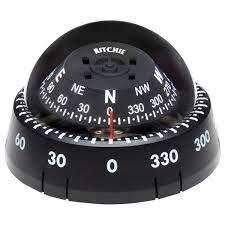
For kayakers seeking adventure in distant locales, check out the Ritchie Navigation Kayaker XP-99. This deck-mounted compass is made for longer trips into the wilderness.
Unlike other models, the XP-99 stays secured to your kayak deck with its permanent twist-on/off mounting system. No need to strap it on and off. But you can still remove it for storage or transport. The high-end CourseMinder bezel is perfect for setting your course mid-paddle. Use the handy memory ring to stay on track. Add the lighting kit for night navigation too!
Some downsides – it’s pricey, mounting requires drilling holes, and it’s made for the northern hemisphere only. But if you want a supremely stable on-deck compass for daring escapes, the Kayaker XP-99 is a smart investment. Just screw it on and steer towards adventure confidently!
Pros
Cons
Kayak Compass Buying Advice
Even though a kayak compass might appear uncomplicated, it’s made with advanced technology. Therefore, finding the right model for you might not be straightforward.
To assist you in identifying the essential features to consider while shopping for a kayak compass, we’ve compiled a list for your reference.
Compass Type
Not all compasses are created equal. Land compasses won’t cut it on the water.
Take the basic baseplate compass – it’s designed for use with maps while walking. The needle dial spins on a flat plastic plate. Easy to hold in your hand but not so great on a rocking kayak. Also needs to stay completely still to work, which is tough on choppy seas.

For paddling, you need a marine compass. Card compasses are best – they have a fluid-filled housing with a floating magnetic card that always points north, even with boat motion. And you can read them from the side, perfect when you’re sitting in a kayak cockpit.
So steer clear of landlubber compasses and opt for a card compass made for the nautical life.
Mounting Options
Now, should you get a fixed or adjustable compass? Fixed compasses like the Ritchie XP-99 screw permanently onto your deck. No chance of losing it, but you’ll be drilling holes into your boat.
Adjustable options like the Silva 58 use bungees or straps to attach – no holes required! But there’s some risk of them coming loose in storms.
If you’re cool with drilling, go fixed for maximum security. If you have multiple boats or want tool-free installation, try an adjustable compass. Evaluate your needs – both work great when properly mounted!
Global vs. Hemisphere-Specific
When buying a kayak compass, make sure it works where you’ll paddle! Many compasses are made for just one hemisphere.
Why? The Earth’s magnetic field flows unevenly, tilting vertically near the poles. This causes inaccuracies in basic compasses. To counteract this, compass needles are weighted for specific regions – north or south. Cheaper to produce, but no good if you cross hemispheres.
For most paddlers staying put, a single-hemisphere compass works fine. But for globe-trotting adventurers, splurge on a universal model calibrated for both north and south.
The last thing you want is a worthless, inaccurate compass when navigating new waters far from home. Before purchasing, double-check that your compass matches the areas you’ll explore. Consider future trips too! With the right hemispherical calibration, your compass will be your trusty guide anywhere. Invest wisely so magnetic quirks keep you from losing at sea.
Best Kayak Compass in 2024 (Top 10 Picks)
Declination Adjustment Options
Magnetic declination is the gap between true north and magnetic north due to Earth’s magnetic field not aligning perfectly with the geographic north pole.
Maps point to true north, but this difference can matter. Imagine a 20-degree gap between true and magnetic north – if you don’t adjust, you could head incorrectly.
Luckily, you can fix this on your compass with a bit of math. Some kayak compasses have declination settings, saving you from doing calculations repeatedly. You set it once for the day and forget about the adjustment.
However, compasses with this feature might cost more. But if you paddle in places with significant declination differences, it could be worth the investment.
Ease of Reading
In simple terms, a compass is only useful if you can read it. Therefore, it’s important to evaluate the readability of a compass before purchasing it.
When looking for a kayak compass, you should consider models with large numbers and letters that indicate your bearing for quick reference while you paddle. Additionally, you should ensure that your compass provides enough detail for you to navigate through tricky waters. For example, a compass that only marks every 45º might not be detailed enough.
In such cases, you should opt for a compass that’s graduated in small increments (around 5º) and has clear directional markings. This will make it easier for you to navigate through challenging waters.
Size & Weight
When it comes to kayak compasses, the size and weight of your compass aren’t a concern from a portability perspective. However, it’s important to consider the size of your compass to ensure that it’s not too big for the deck of your boat.
Most kayak compasses are relatively compact, but some are wider than others. This isn’t usually an issue for adjustable-mount compasses.
However, for fixed-mount models, you need to make sure that your compass will fit flush on the deck of your boat so you can securely mount it without damaging your kayak.
If you want a fixed-mount compass, you’ll likely need a kayak with a relatively flat compass recess area at the bow. You should also measure this area to ensure that it’s compatible with the compass you want to buy to avoid any mishaps down the line.
Extra Features
Some kayak compasses come with additional features that can improve your paddling experience. While these features may increase the price of the compass, they can be worth it for your adventures.
Memory ring – Some compasses have a small adjustable ring that you can use to set your desired course bearing. This allows you to quickly verify if you’ve veered off-course so you can make adjustments to your paddling direction and stay on track.
Illumination options – If you plan on doing some nighttime paddling, getting a compass with illumination options can be helpful. Some compasses come with built-in, battery-powered LED backlights, while others are compatible with lighting kits to help you find your way in the dark.
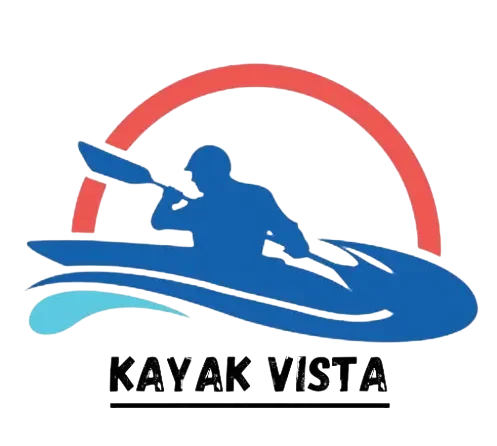
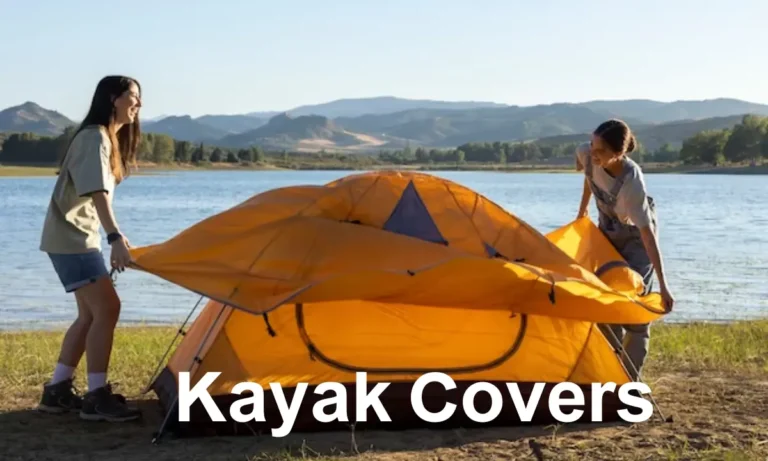


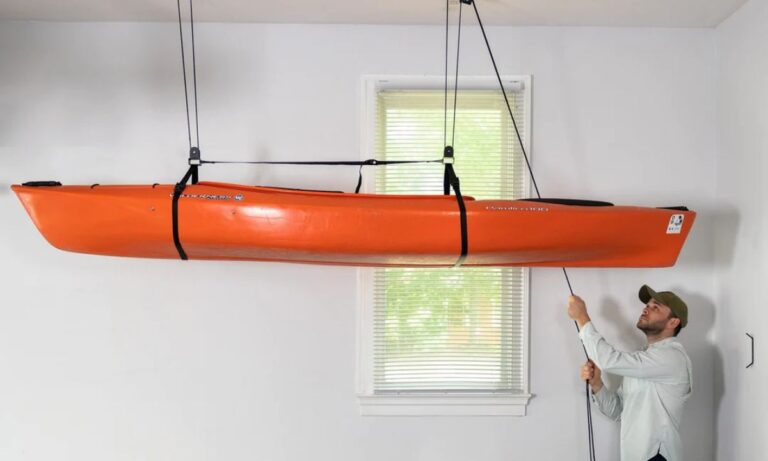
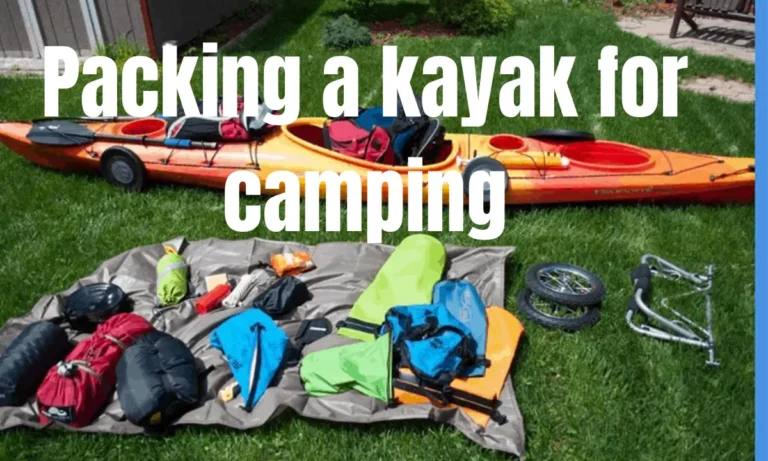
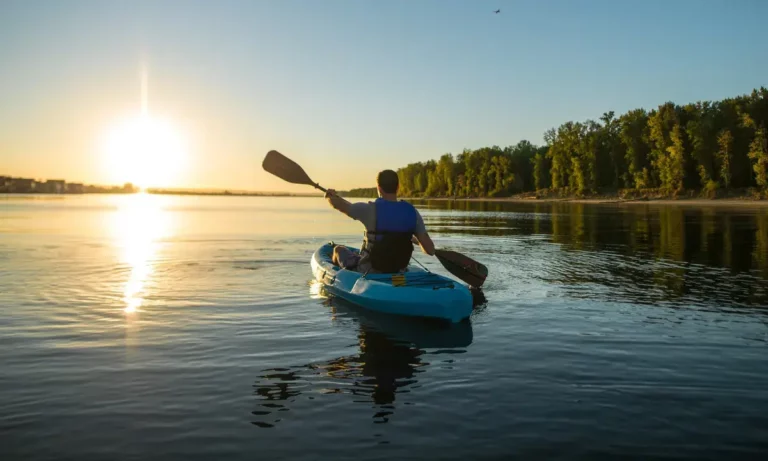
3 Comments